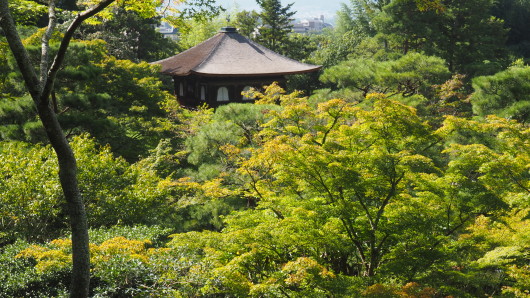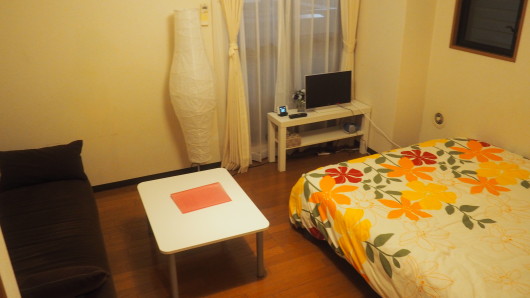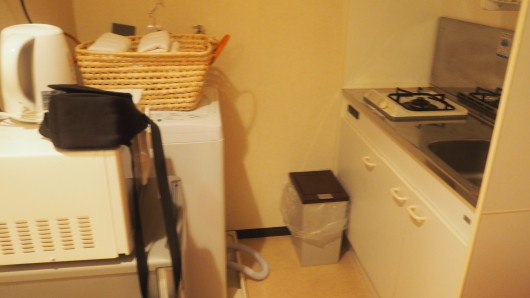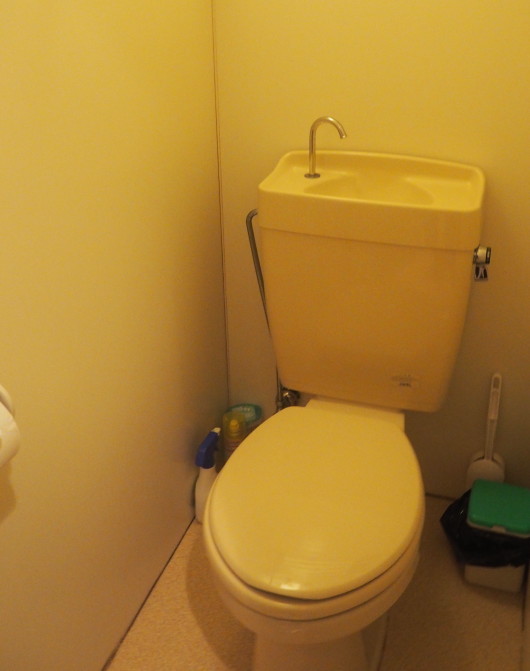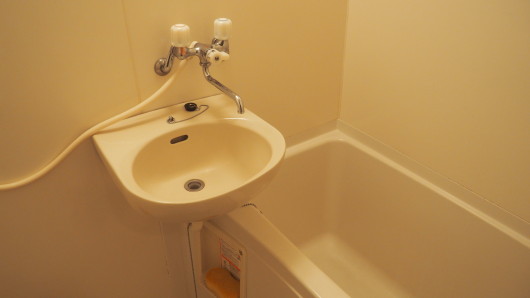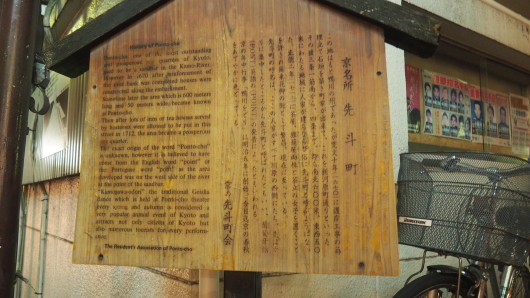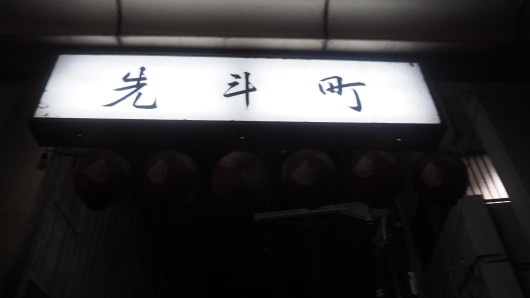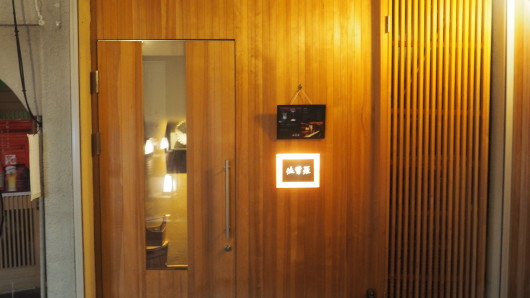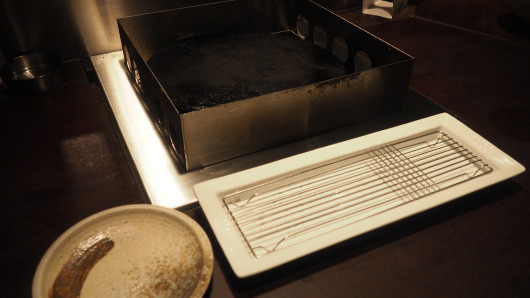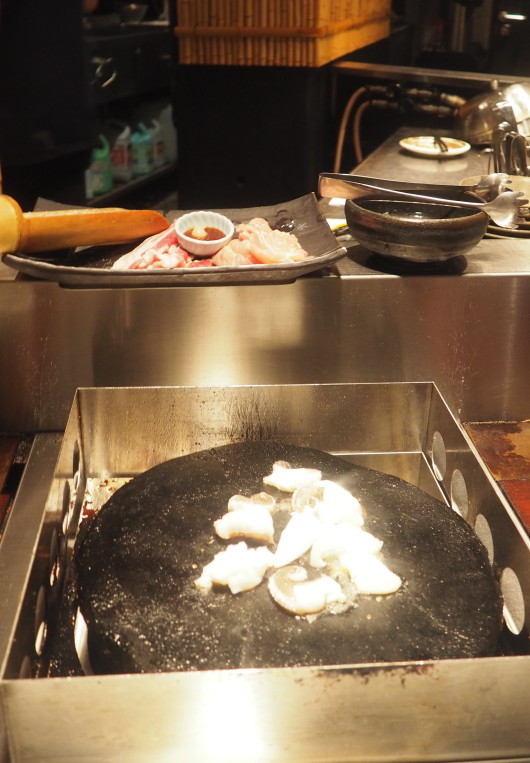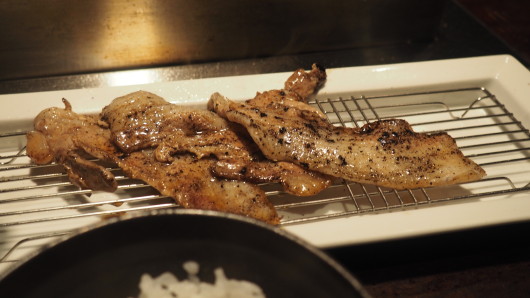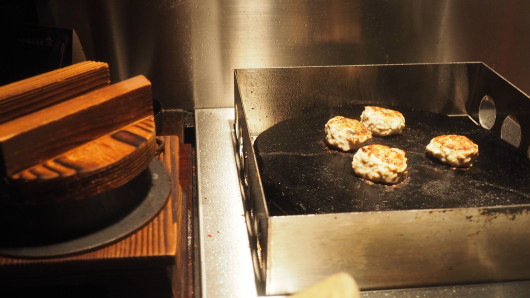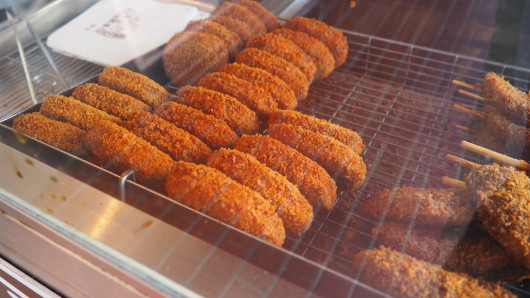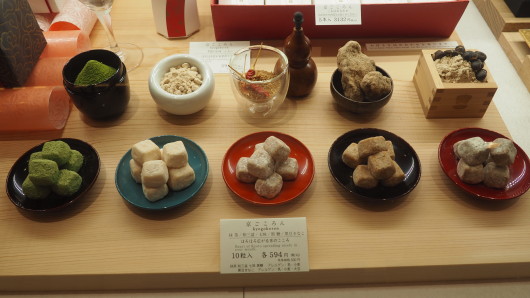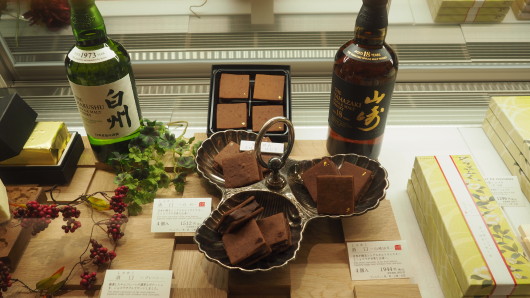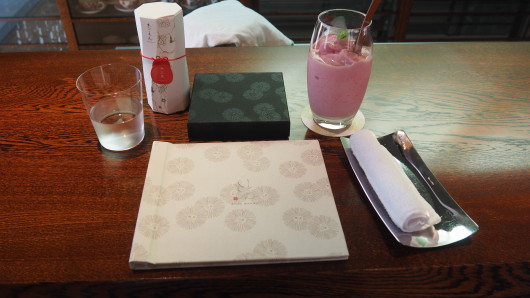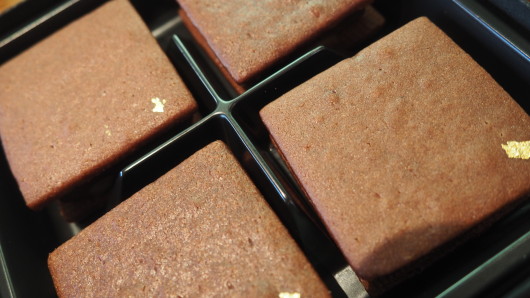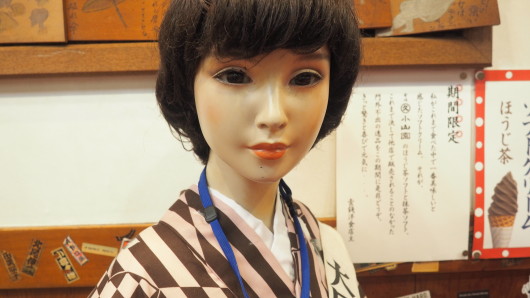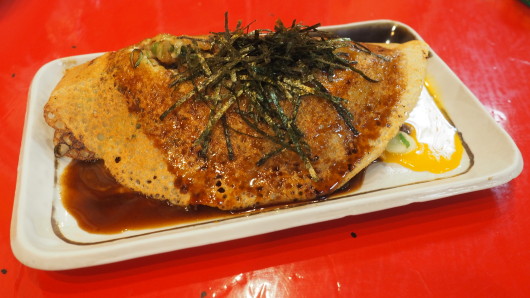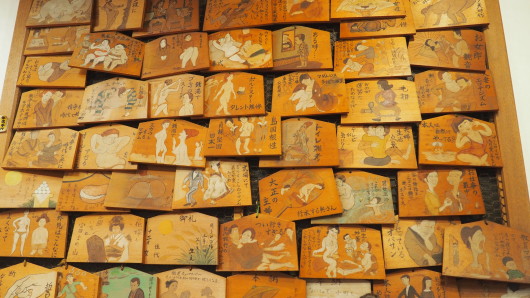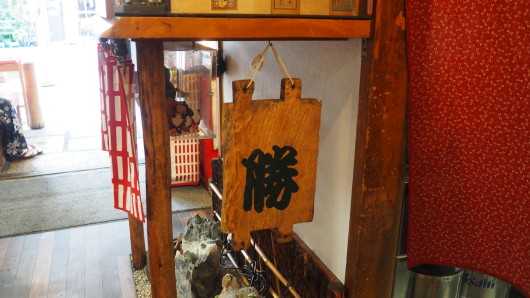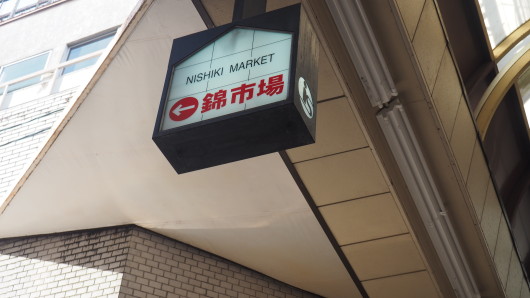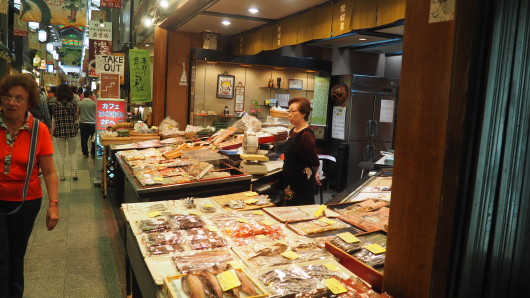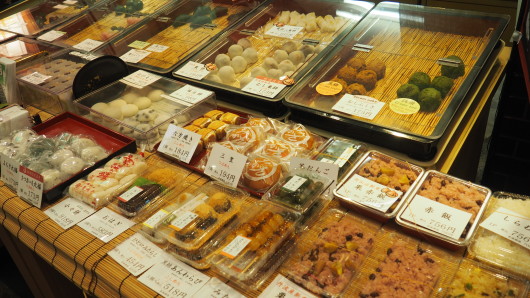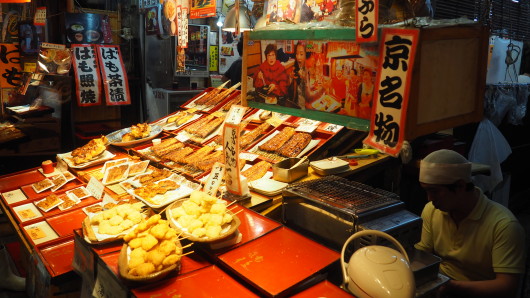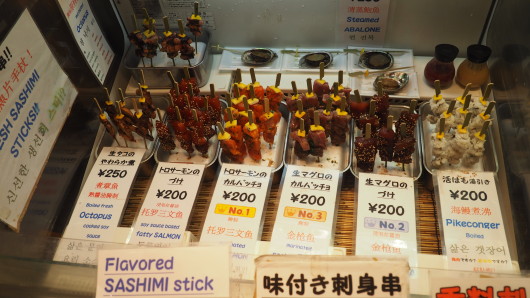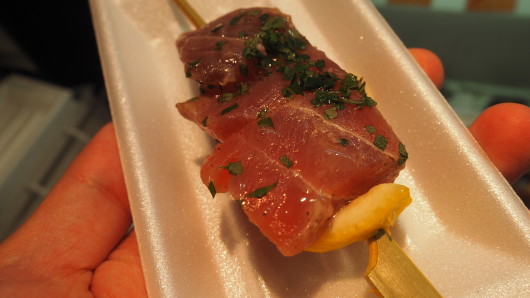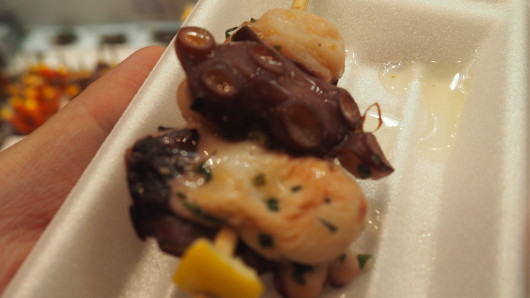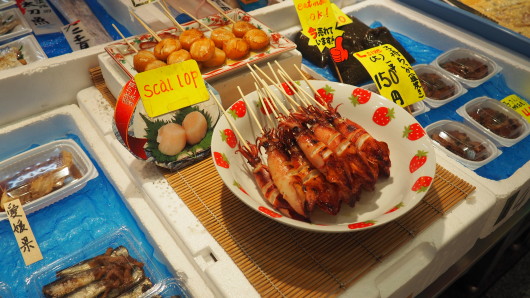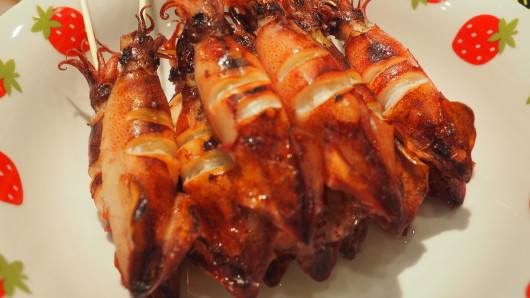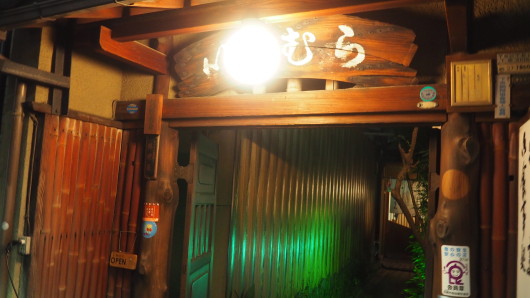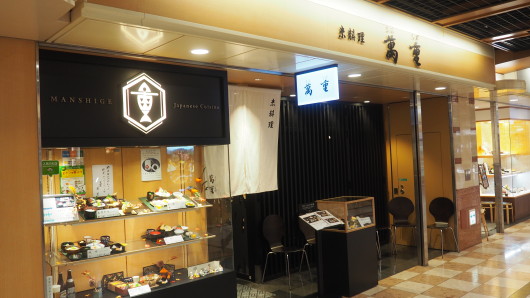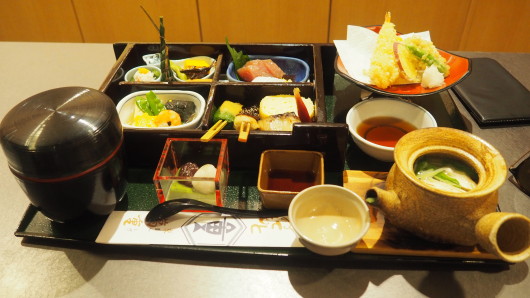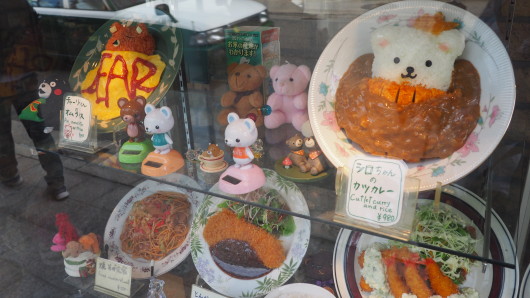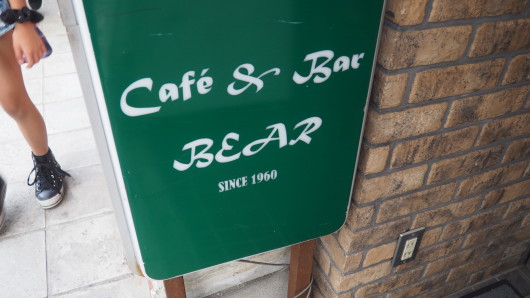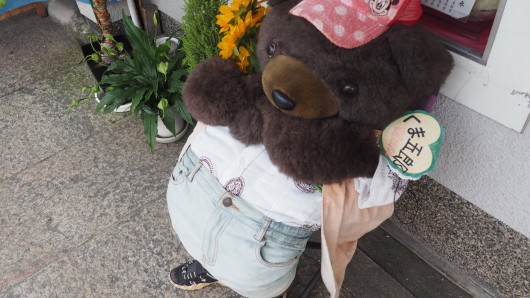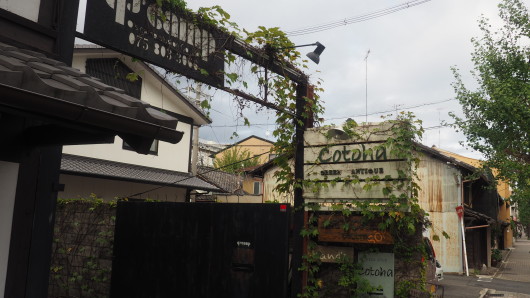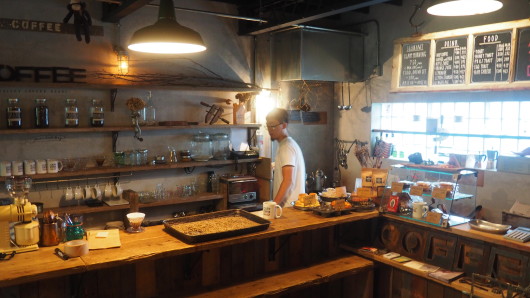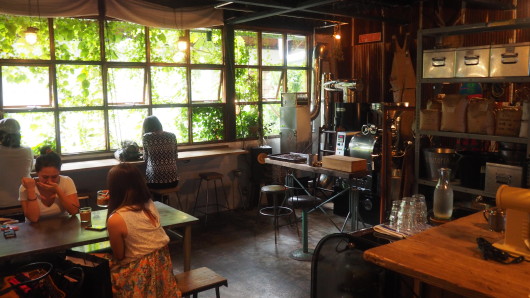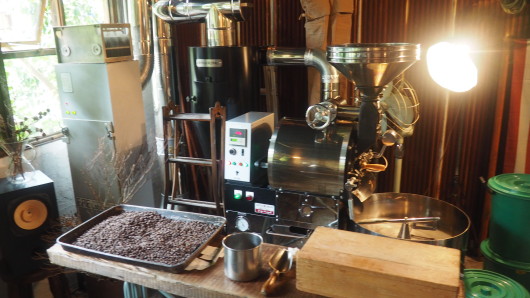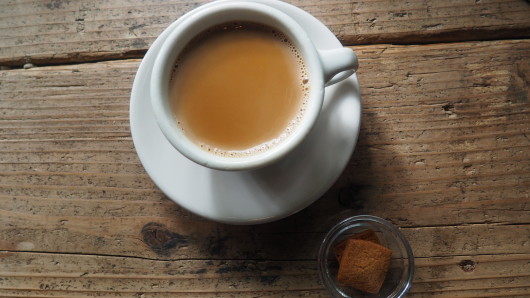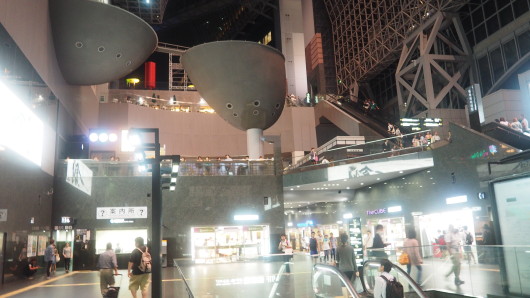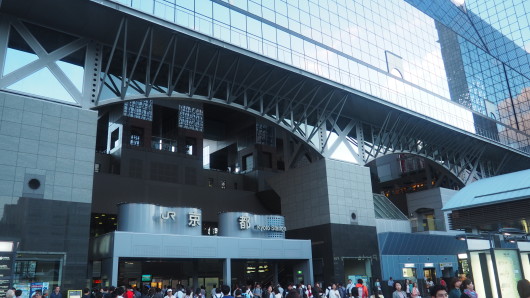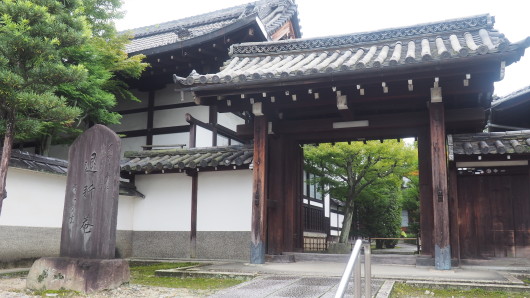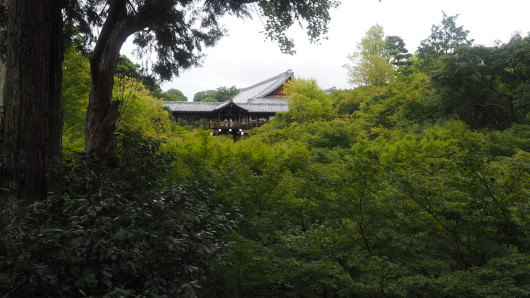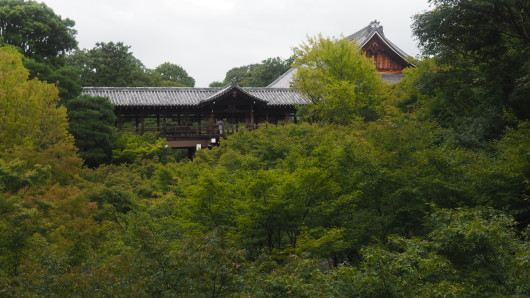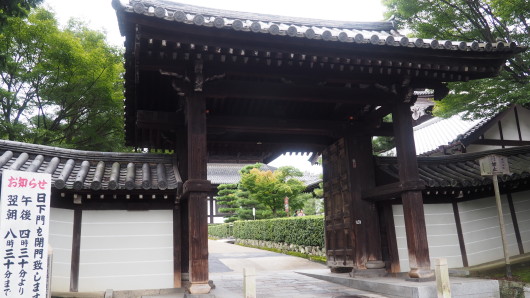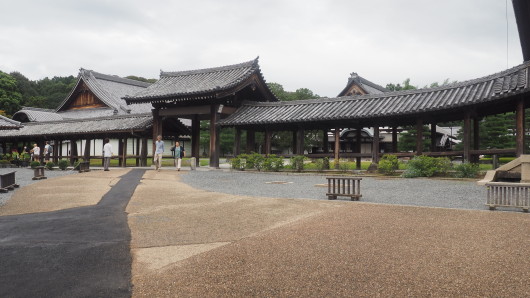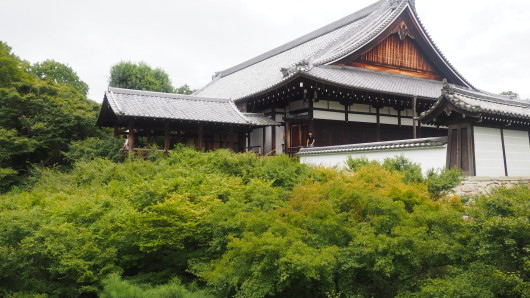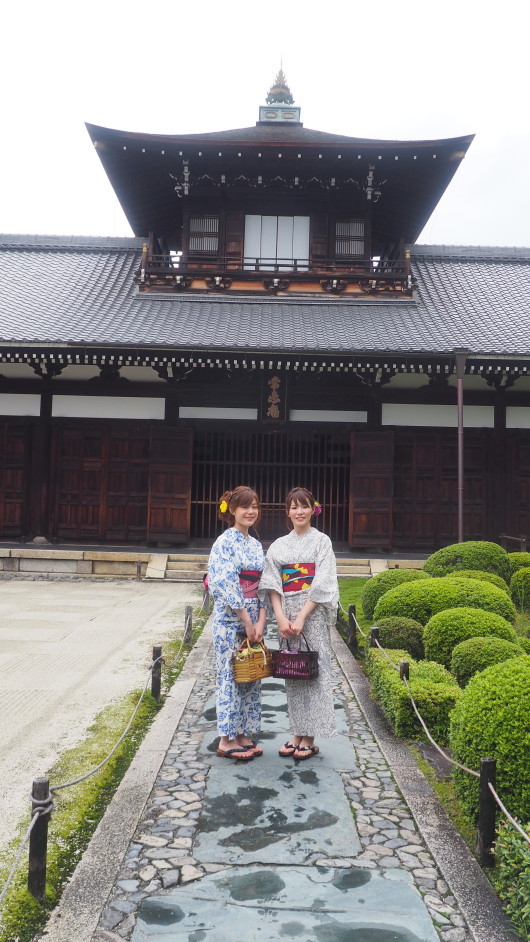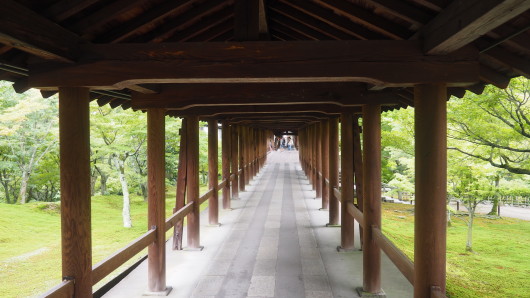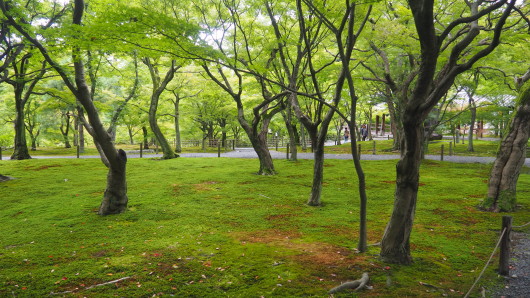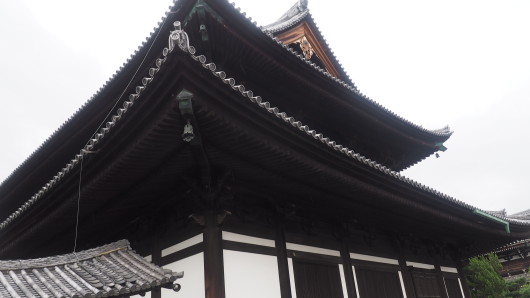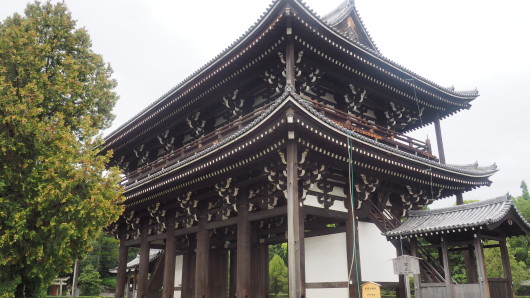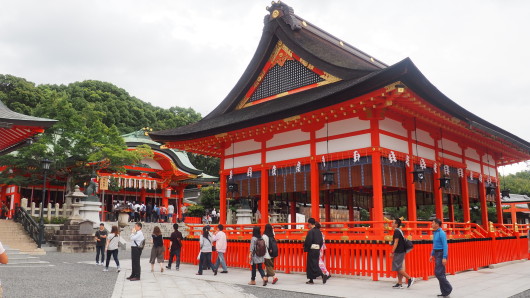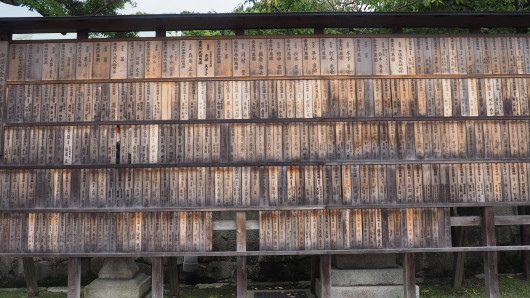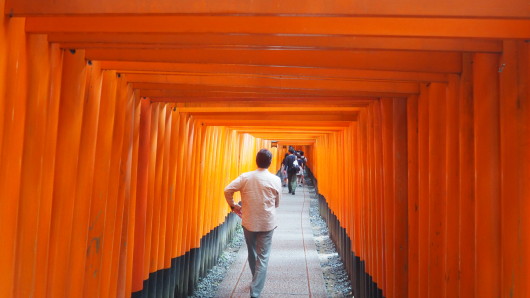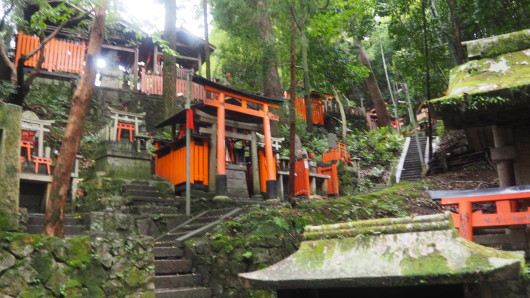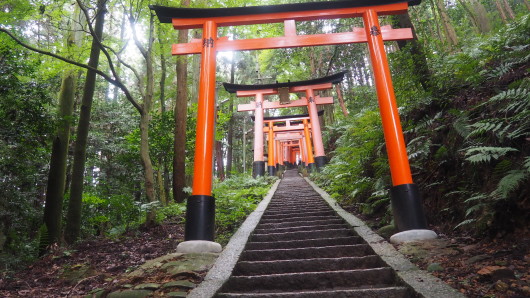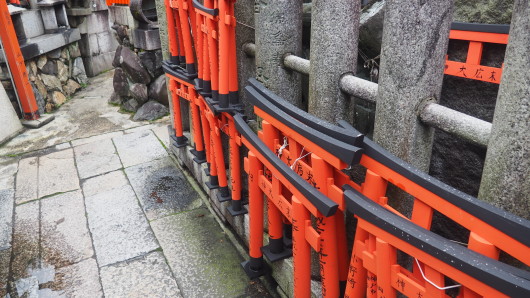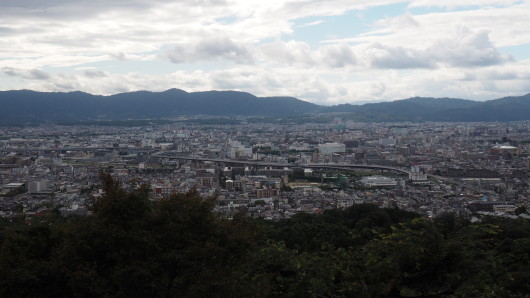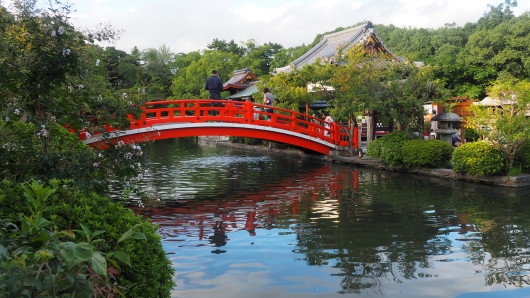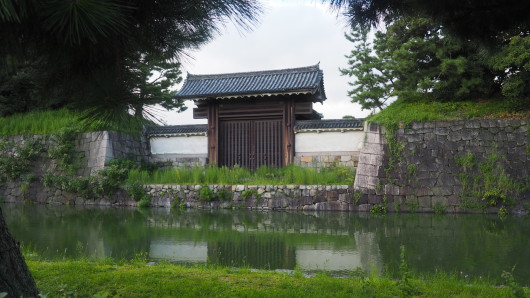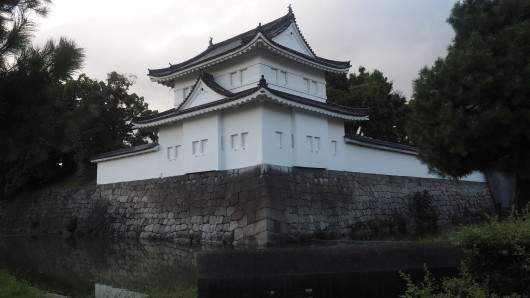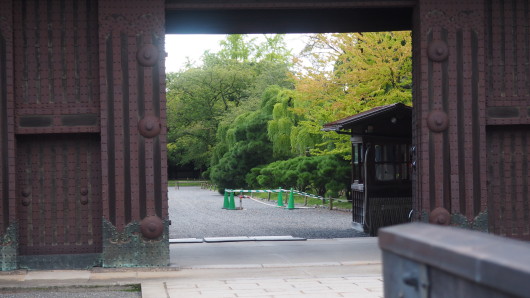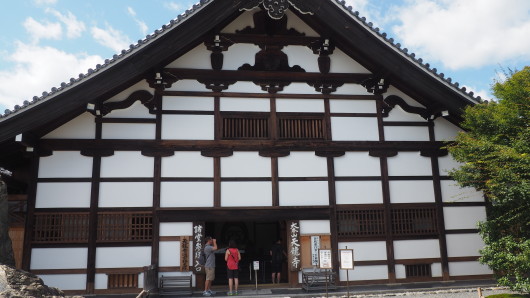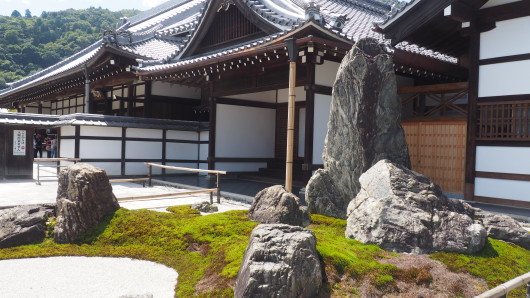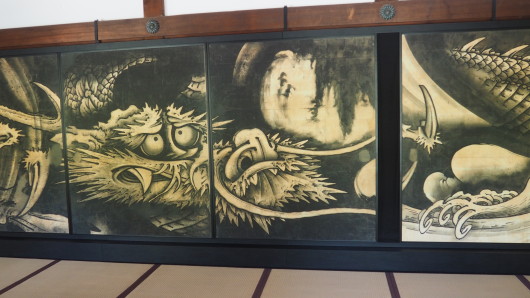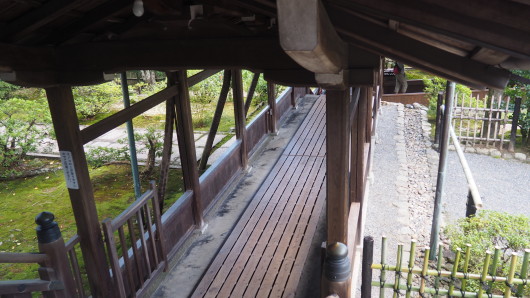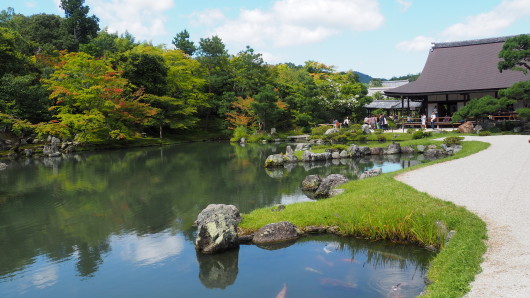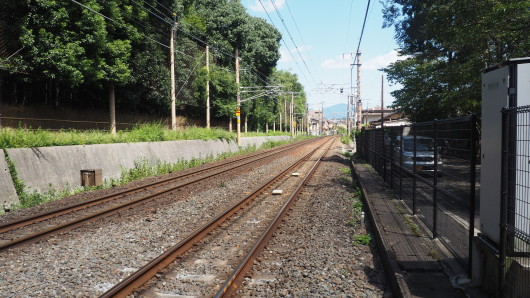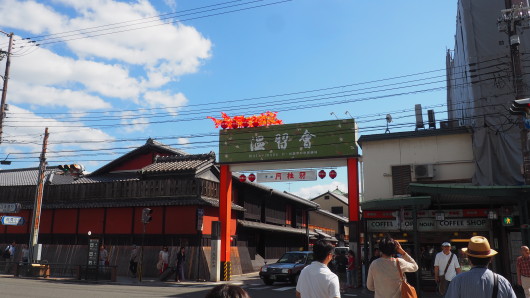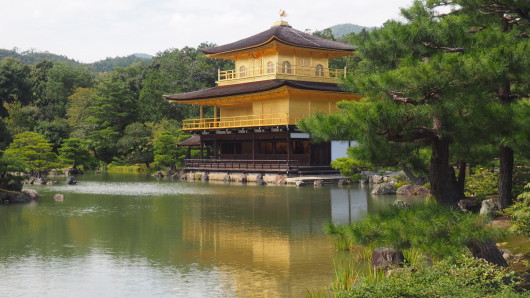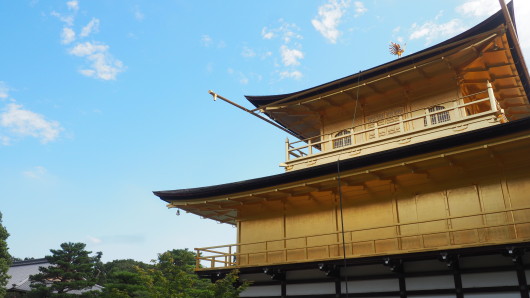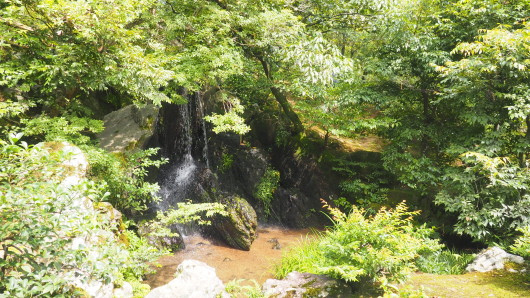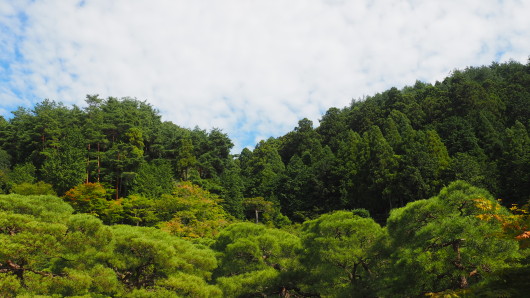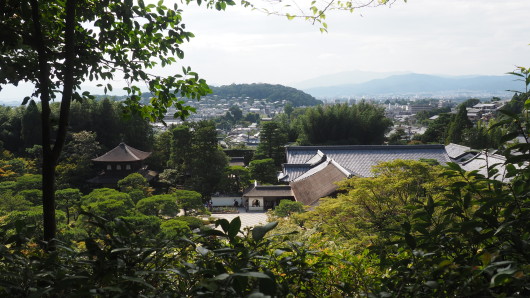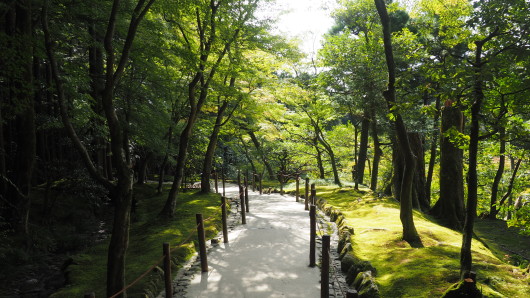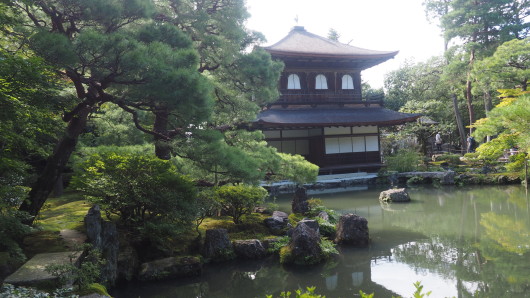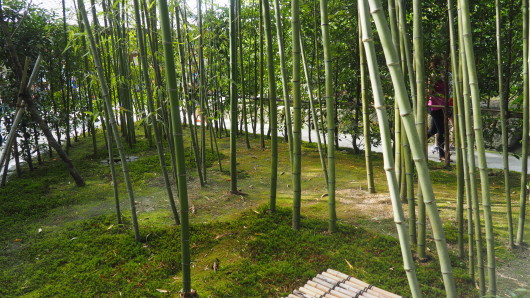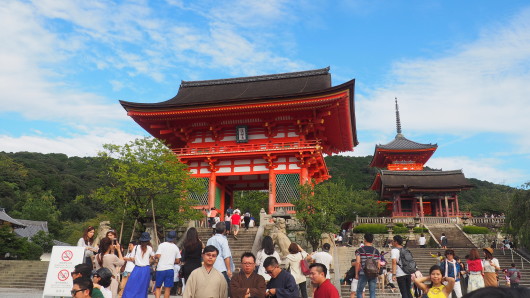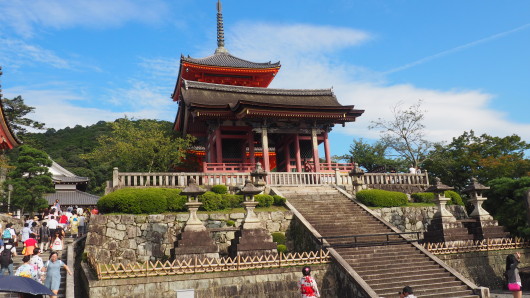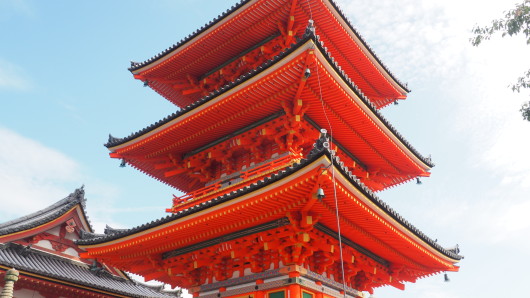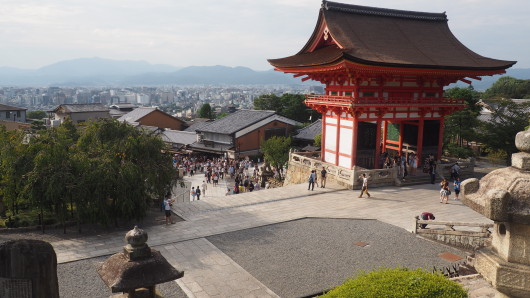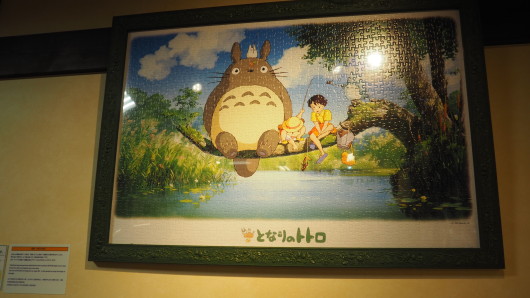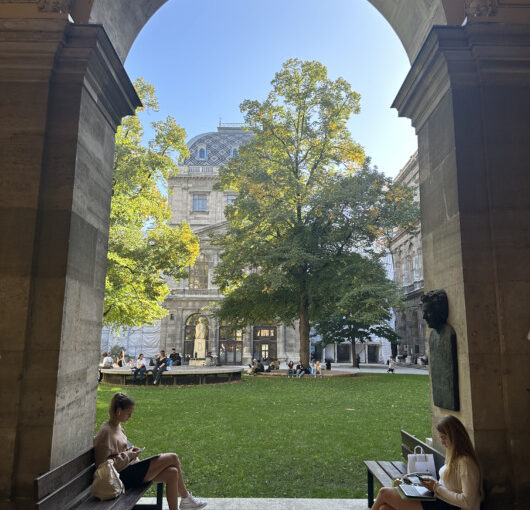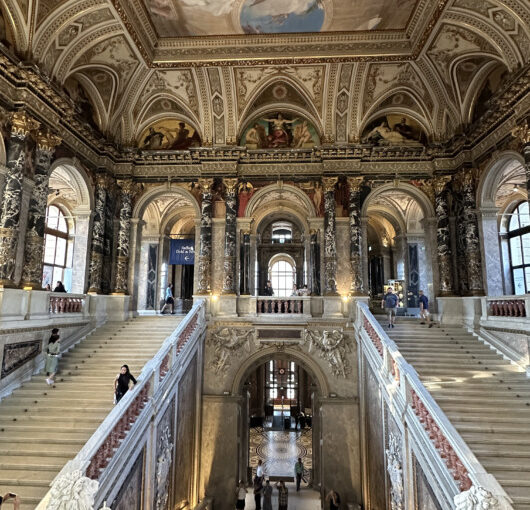Kyoto is a mixture of both culture and urbanisation. It retains history while integrating beauty and city elements within it. It has everything that makes it the perfect place to visit in the world – amazing food, rich culture, cleanliness, friendliness, serenity, hustle, and more. If there’s one thing that it’s lacking, it’s an airport.
Aside from that, I am thoroughly impressed by Kyoto. I find myself immersed in everything about it. It’s romantic, it’s leisure, it’s dreamy. No wonder why Lonely Planet has it ranked #2 in Best in Travel 2016.
It is a big regret that I spent only 4 short days in Kyoto… I felt a great belonging there. Kyoto is one of those places where it’s yearning to be explored. Being Japan’s old capital before, the city contains hundreds of temples.
Accommodation
Airbnb – https://www.airbnb.com/rooms/4857200
Very conveniently located from Kyoto Station, about a 10 minute walk. Very comfortable, spacious, I generally like it. If you like to go shop and stuff, perhaps staying near Gion would be better. But this place was definitely good enough for me. The host was very gracious and friendly as well.
Restaurants and Cafes
I admit, I did a poor job writing and remembering the details of this trip, particularly in Kyoto, on the information of the restaurants. I’ll do my best to describe the restaurant.
Some Tofu Restaurant
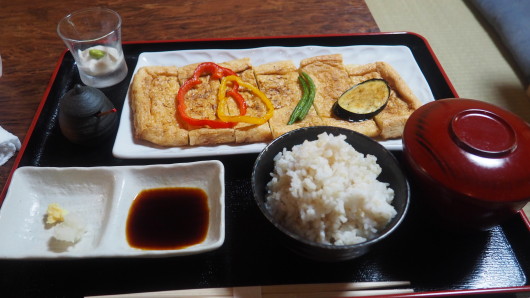 Kyoto is famous more for traditional Japanese cuisine. Some restaurants are notable for their tofu dishes. This restaurant I stumbled upon only had tofu selections, so I went to try their fried tofu lunch menu.
Kyoto is famous more for traditional Japanese cuisine. Some restaurants are notable for their tofu dishes. This restaurant I stumbled upon only had tofu selections, so I went to try their fried tofu lunch menu.
Issian Pontocho (Tripadvisor)
Located in one of the famous alleyways for dining (Pontocho), Issian offers a truly remarkable and unique experience where food is cooked on these magical rocks heated by infrared laser. One of the staff there can help you as he speaks English. A variety of meat, vegetables, and seafood are all available.
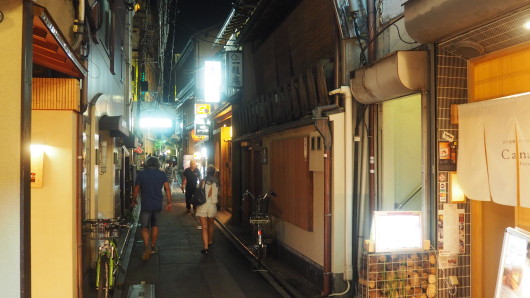 This alleyway is filled with many exciting restaurants. I could spend more than a month trying each restaurant here.
This alleyway is filled with many exciting restaurants. I could spend more than a month trying each restaurant here.
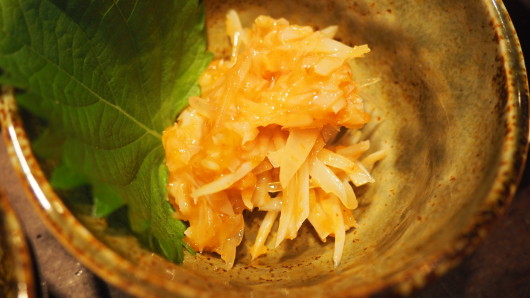 If I remember correctly, these are shark tendons. Kind of chewy and sharp, the sauce they use is more sour but a bit sweet and salty as well.
If I remember correctly, these are shark tendons. Kind of chewy and sharp, the sauce they use is more sour but a bit sweet and salty as well.
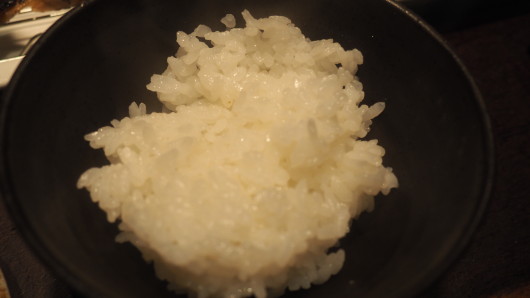 The rice that they serve is also the rice they serve for the Imperial family. As with all rich deluxe food items, they tend to have a soft, melt in your mouth texture. The rice feels light, and it goes well with the grilled foods.
The rice that they serve is also the rice they serve for the Imperial family. As with all rich deluxe food items, they tend to have a soft, melt in your mouth texture. The rice feels light, and it goes well with the grilled foods.
Street food near Arashiyama Bamboo Grove
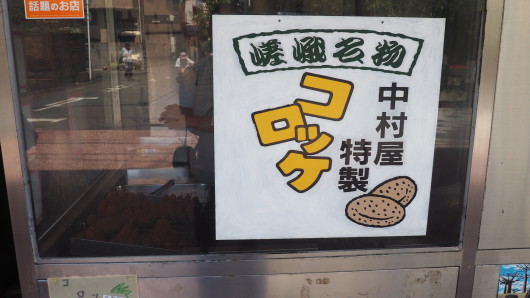 Along the way to the bamboo grove, you will find an assortment of street food for you to try.
Along the way to the bamboo grove, you will find an assortment of street food for you to try.
Some dessert place in Gion
Issen Yosyoku (website) 11am-3am, except sunday and public holidays ends at 11pm
Recommended by the tour book, I decided to give this restaurant a try in Gion. It’s sort of like an okonomiyaki. It was very popular during the world war in Japan as military soldiers frequented this restaurant… so often that these things were selling for only one yen! Something ridiculous like that. Also as I mentioned, since this place used to be popular among Japanese soldiers, that’s why they have Japanese human-size dolls sitting at your table and sexual images posted on the wall… I didn’t know Japanese or anything, but if I had to guess, I won’t be surprised if there were actual real ladies instead of the dolls during the war times.
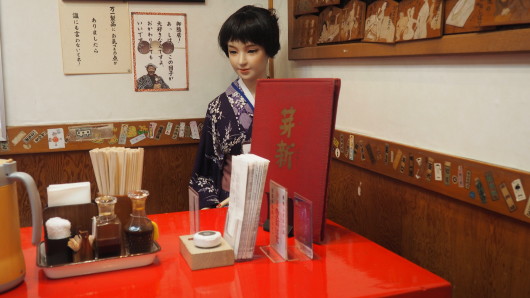 They have a doll for each table.
They have a doll for each table.
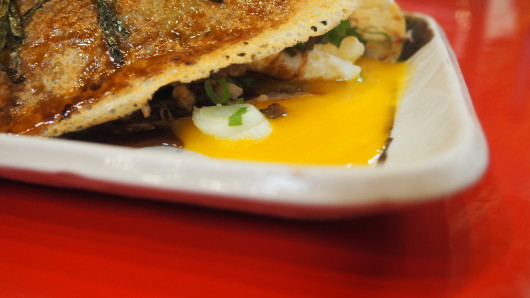 Look at the yolk just oozing out.
Look at the yolk just oozing out.
Nishiki Market
A street filled with Japanese small eats and raw foods… basically a market place.
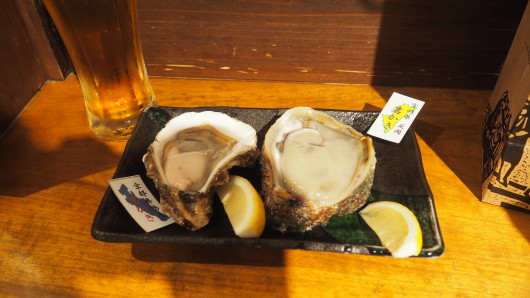 Japanese oysters, however not my favorite.
Japanese oysters, however not my favorite.
Kyoto Traditional Meal
Conveniently located right next to my airbnb location.
Restaurant in Porta
Near Kyoto Tower / Kyoto Station, there is a place called Porta that offers many different restaurants to go to. Since I was in Kyoto, I again decided to pick a restaurant that offered more Japanese traditional cuisine.
Cafe and Bar Bear
Although I didn’t get to try this restaurant, I took some pictures as I thought the restaurant was cute.
Cotoha Coffee Cafe
A small coffee cafe tucked nearby Nijo Castle.
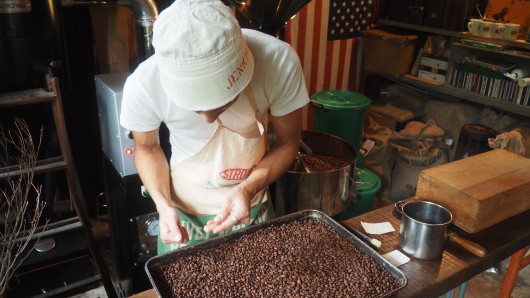 You can tell you’ve stumbled into a high quality coffee cafe when you see employees hand picking the coffee beans to use for their coffee.
You can tell you’ve stumbled into a high quality coffee cafe when you see employees hand picking the coffee beans to use for their coffee.
Things to Do
There are so many things to do and see that what I’m about to tell you is just a slice of what Kyoto has to offer.
Kyoto Station
No doubt one of the “landmarks” of Kyoto is its train station. As it doesn’t have its own airport, the train station represents the icon and first impression for all tourists coming by here. While of course its small in size in comparison with an airport, its high ceilings, spacious atmosphere and hectic environment is one of a kind.
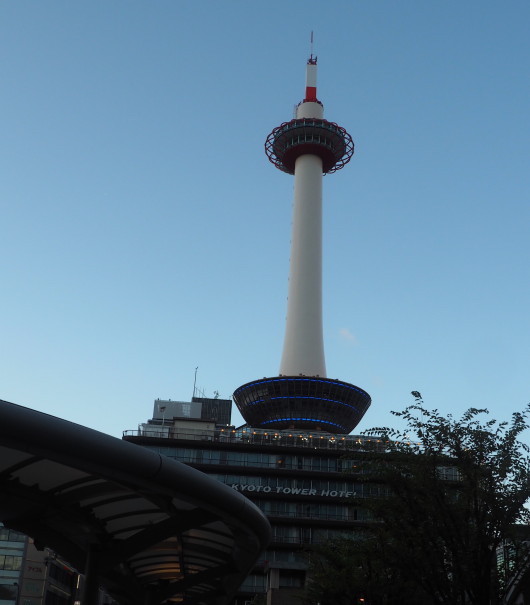 The Kyoto tower near the station.
The Kyoto tower near the station.
Tofukuji Temple (website)
You can click on the website above to get a grasp of the purpose of its construction and the date of construction. Tofukuji Temple is famous for its red leaves (need to be there in season) and its wooden bridge.
Some information extracted from their brochure, “Tofuku-ji Temple is a famous Zen temple, and is one of the five “kyoto Gozan” temples. It was established in the Kamakura Period by a great statesman, Kujo Michiie. The name “Tofuku-ji” was taken from the two major temples in Nara, Todai-ji Temple and Kofuku-ji Temple. In the Butsuden (Buddha hall), there is a 15-meter tall standing Buddha statue, erected to indicate that the temple was Kyoto’s “new Buddhist temple”. The priest who started the temple was Ennibenen (1202-1280), and was given the title of “Shoichi Kokushi”. He was the first priest to receive the title of “Kokushi (national priest)” from an emperor of Japan. This temple has maintained its Zen architecture since the Middle Ages, and as the main Rinzai sect temple, can boast a magnificent Doto Garan complex, the only one of its kind in Kyoto. Since its establishment 750 years ago, it has served as a Zen temple that provides visitors with the opportunity to see the essence of Zen. This is most visible through the wealth of medieval Zen artifacts seen throughout the premises.”
Fushimi Inari Shrine (website)
Since the website is in Japanese, I will provide you a little bit of background of this Fushimi Inari Shrine. Inari, first of all, stands for the Rice God. Basically the shrine is famous for having many fox sculptures around, as these foxes symbolized messengers. The shrine is also famous for having many, many toriis – a traditional Japanese gate marking the “transition from profane to sacred.” Each torii is donated by a Japanese business, and hence we have this tunnel of toriis. Both individuals and businesses come here to pray for peace for family and for wealth in business.
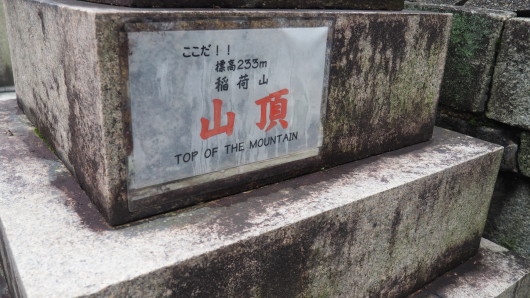 You can climb to the top (which I did) and you will witness views above Kyoto. However, it may take a bit more than an hour to get up.
You can climb to the top (which I did) and you will witness views above Kyoto. However, it may take a bit more than an hour to get up.
Shinsenen (Japan Visitor website)
More information about this Garden can be found at the given website.
Nijo Castle (website)
Unfortunately I had just missed the time for last entry when I got here. I was only able to walk around the borders of the castle and had a glimpse of it from the outside.
Tenryu-ji Temple (website)
Constructed in 14th century, the inside of temple has experienced many times of fire disasters. Has a beautiful garden and also sometimes during some seasons you can experience the art of Japanese artists.
Extracted from the brochure, “Tenryu-ji (“Temple of the Heavenly Dragon”), located in the Sagano district of Kyoto, is the head temple of the Tenryu-ji branch of Rinzai Zen Buddhism. It was established in 1339 by the shogun Ashikaga Takauji (1305-58) in memory of Emperor Go-Daigo (1288-1339), who died in Yoshino following the civil war that brought the Ashikaga family to power. The eminent Zen master Muso Soseki (1275-1351) was appointed the temple’s founding abbot. The site of Tenryu-ji had earlier been occupied by the temple Danrin-ji, established in the ninth century and historically significant as the first Zen temple in Japan. In the thirteenth century Emperor Kameyama (1249-1305) built a villa on the property, and it was here that Go-Daigo, his grandson, was raised and educated. With Go-Daigo’s passing Ashikaga Takauji ordered the villa’s conversion to a Zen temple. In order to finance the temple’s construction, Muso Soseki commissioned a vessel, known as the Tenryu-ji Ship, on a trade mission to Yuan-dynasty China. By 1343 most of the major buildings of the temple were complete. Soseki’s lineage prospered, playing a leading role in the flourishing Zen literary culture known as gozan bungaku. Tenryu-ji itself was ranked first of the “Five Zen Mountains of Kyoto” (Kyoto gozan). In the centuries since its founding Tenryu-ji has been ravaged by fires a total of eight times, most recently in 1864. Most of the present buildings thus date only to the Meiji period (1868-1912). However, the landscape garden behind the Hojo (Main Hall) is one of the oldest in Japan, retaining the same form as when it was designed by Muso Soseki in the fourteenth century. Known as the Sogenchi Garden, it was the first Special Historical Scene Area named by the Japanese government, and in 1994 it was designated by the United Nations as a World Cultural Heritage Site.”
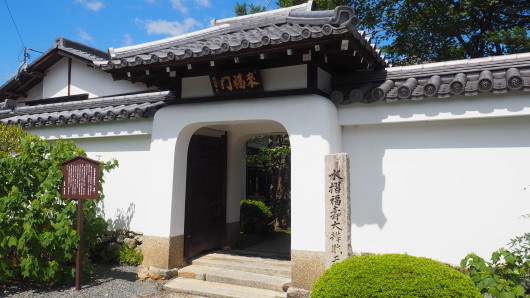 On the way to Tenryu-ji Temple.
On the way to Tenryu-ji Temple.
Arashiyama Bamboo Grove (Inside Kyoto website)
Gion
Tired from all the sightseeing and touristy stuff? Gion is where you want to go for snacks, restaurants, shopping, malls. It’s also nearby Pontocho and is where the Nishiki market is located. If I wasn’t living nearby Kyoto Station, I would definitely have chosen the area around Gion first.
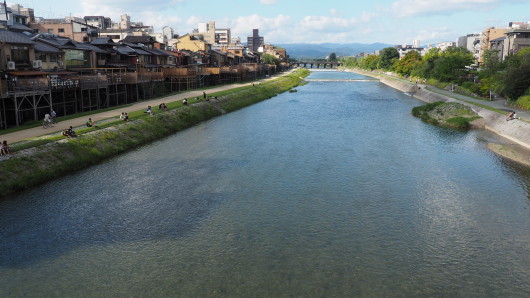 One of the many things I love about Kyoto… there’s this huge river and you can see on your left and right there are people just sitting nearby it and just chilling.
One of the many things I love about Kyoto… there’s this huge river and you can see on your left and right there are people just sitting nearby it and just chilling.
Golden Pavilion – also known as Kinkaku Temple (website)
Extracted from its brochure, “Kinkaku (The Golden Pavilion) is a shariden, a Buddhist hall containing relics of Buddha. The pavilion is part of a temple that is formally named Rokuon-ji Temple, but commonly called Kinkaku-ji Temple, or Temple of the Golden Pavilion. Rokuon-ji is a Zen Buddhist temple, in the Shokokuji School of the Rinzai Sect. This area was originally the site of a villa called Kitayama-dai and owned by a statesman, Saionji Kintsune. Ashikaga Yoshimitsu, the 3rd shogun of the Muromachi period, took a liking to the area and acquired it from the Saionji family in 1397. He then built his own villa, which he named Kitayama-den. The garden and buildings, centered on the Golden Pavilion, were said to represent the Pure Land of Buddha in this world. The villa also functioned as an official guesthouse, welcoming Emperor Gokomatsu (Father of Zen teacher, Ikkyu) and other members of the nobility. Trade with China prospered during the Muromachi period, and the villa reached its height of glory as the heart of what became known as Kitayama Culture. After Yoshimitsu died, in keeping with his will, the villa was converted into a temple by the priest Muso-kokushi, who became the first abbot. The temple’s name, Rokuon-ji, was derived from the name Yoshimitsu was given for the next world, Rokuon-in-den. In 1994, Rokuon-ji Temple was registered as a World Cultural Heritage Site.”
Silver Pavilion – also known as Ginkakuji Temple (Japan Guide Website)
The Origin of Ginkakuji Temple, as extracted from their brochure, “Ginkakuji Temple, a Zen temple, was established in 1482 by Ashikaga Yoshimasa, the eighth Muromachi Shogunate. Yoshimasa, following Kinkakuji Temple Kitayama den built by his grandfather Ashikaga Yoshimitsu, built villa Higashiyama den to spend his retired life. Ginkakuji is the common name, and formally it was called Higashiyama Jishoji, taking after Yoshimasa’s posthumous title after his death. Higashiyama den is the place where Higashiyama culture formed mainaly by Yoshimasa started, and is the start of modern life style of the Japanese. Even now, the combination of Higashiyama culture and Zen culture can be seen here.”
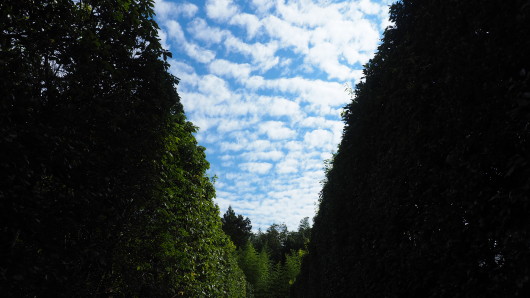 Along the way you will see this.
Along the way you will see this.
Kiyomizu-dera (website)
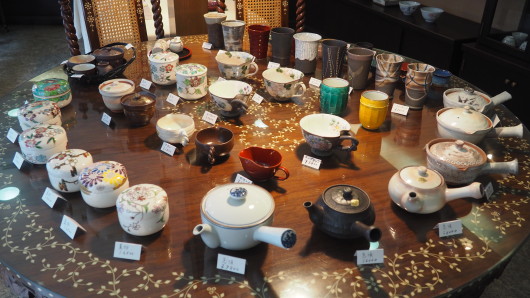 Japanese flowery glassware you can buy. These shops are located on the way to Kiyomizu-dera.
Japanese flowery glassware you can buy. These shops are located on the way to Kiyomizu-dera.
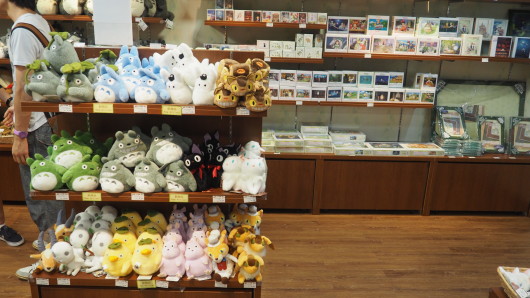 Nearby there is also a Totoro store!
Nearby there is also a Totoro store!
Nightlife
Kitsune Kyoto (website) – only took their brochure but it seems to be popping on any given day.
Fishbowl (website) 075 211 6387 – Recommended by a bartender that it has good cocktails. Also haven’t had the chance to go there.
Actually there should be many bars around the Kawaramachi St. as well
Conclusion
As I’ve mentioned before, I love Kyoto! It’s a city filled with mystery, enchantment, and beauty all over it. It strays away from the typical structure of a city, yet it offers both a city life and a cultural life. I wouldn’t mind staying here for months (but I would definitely need to learn Japanese to survive!).
Read about Osaka or Nara/Kobe.
(Last Updated: Dec. 15, 2015)
*Originally published on Nov. 22, 2015
